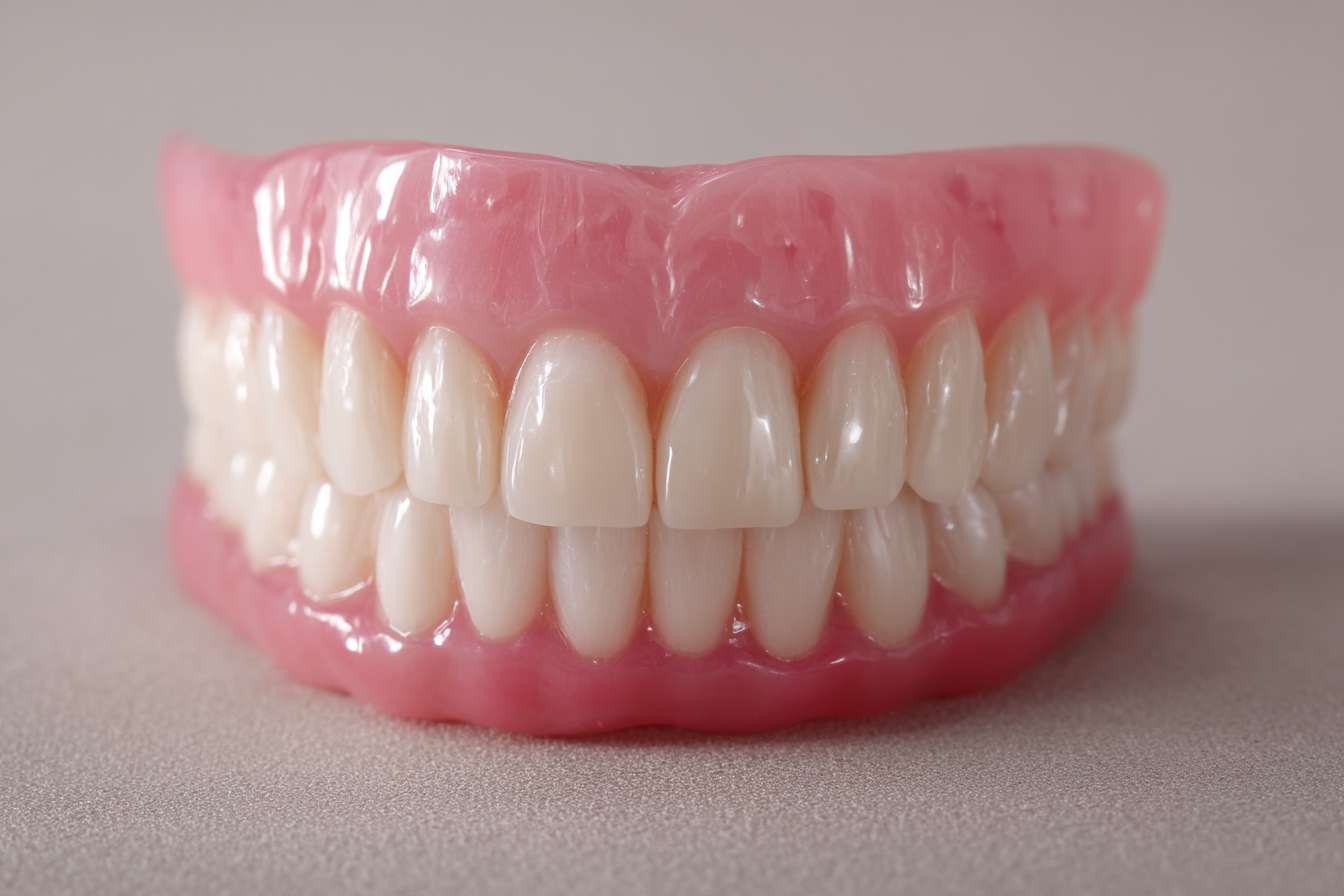Considering Dental Implants in 2025? Discover the Most Advanced Tooth Replacement Solutions in Australia
Did you know dental implants can provide long-term stability and natural aesthetics compared to traditional dentures—while new techniques help make procedures more efficient and accessible? Learn how implants may restore your confidence, comfort, and oral health for years to come.

What Are Dental Implants and How Do They Work?
Dental implants are titanium posts surgically inserted into the jawbone to replace missing tooth roots. These biocompatible metal fixtures integrate with the surrounding bone tissue through a process called osseointegration, creating a solid foundation for replacement teeth. Once the implant has fused with the jawbone (typically taking 3-6 months), an abutment is attached to the implant post, which then connects to a custom-made crown, bridge, or denture.
Unlike removable dentures or tooth-supported bridges, implants don’t rely on neighboring teeth for support. Instead, they function independently like natural teeth, allowing for normal biting force and chewing capabilities. This independence helps preserve adjacent healthy teeth while preventing bone loss that typically occurs when teeth are missing. The three main components of a dental implant system include the titanium implant post (the root replacement), the abutment (the connector), and the prosthetic tooth or teeth (the visible portion).
What Advanced Implant Technologies Are Available in 2025?
The dental implant landscape in Australia has evolved significantly, with 2025 bringing several technological advancements that improve treatment outcomes. Computer-guided implant placement uses 3D imaging and specialized software to create surgical guides, ensuring precise implant positioning and minimizing risk. This technology enables “flapless” surgery in many cases, reducing recovery time and post-operative discomfort.
Zirconia implants have emerged as a metal-free alternative to traditional titanium implants. These ceramic implants offer excellent biocompatibility and aesthetic advantages, particularly for patients with thin gum tissues or metal sensitivities. Another innovation is the development of nano-surface implants, which feature microscopically modified surfaces that promote faster osseointegration and stronger bone attachment.
Digital smile design technology now allows patients to preview their expected results before treatment begins. Using sophisticated imaging software, dentists can create virtual models of the final restoration, helping patients make informed decisions about their treatment plan. Additionally, advanced biomaterials that incorporate growth factors are being used to enhance bone regeneration around implants, making treatments possible for patients who previously lacked sufficient bone volume.
What Treatment Options Are Available for Different Needs?
Dental implant solutions have become increasingly versatile to address various tooth replacement scenarios. Single-tooth implants consist of one implant with a crown, offering the most conservative approach for replacing an individual missing tooth. For multiple adjacent missing teeth, implant-supported bridges provide a solution that doesn’t require an implant for each missing tooth, using strategically placed implants to support a multi-tooth prosthesis.
Full-arch replacements have seen significant innovation with options like All-on-4® or All-on-6® treatments, where four to six implants support an entire arch of replacement teeth. These approaches often allow for immediate loading, meaning patients can receive temporary teeth on the same day as implant placement. For patients with significant bone loss, zygomatic implants that anchor into the cheekbone rather than the jawbone offer an alternative that may avoid extensive bone grafting procedures.
Mini implants represent another option, particularly for stabilizing existing dentures or for patients with limited bone width. These smaller-diameter implants require less invasive surgery and can sometimes be placed in areas where standard implants wouldn’t fit. Each treatment option presents different advantages in terms of cost, healing time, and maintenance requirements, making personalized consultation essential for determining the most appropriate solution.
What Does the Dental Implant Procedure Involve?
The typical dental implant process begins with a comprehensive evaluation involving detailed examination and 3D imaging to assess bone structure, nerve locations, and sinus positions. This planning phase is crucial for determining implant feasibility and identifying whether preliminary procedures like bone grafting or sinus lifts might be necessary to create adequate support for the implants.
The surgical phase typically occurs under local anesthesia, with sedation options available for anxious patients. After making a small incision in the gum, the oral surgeon creates a precise channel in the jawbone and inserts the implant. In some cases, a healing cap is placed over the implant before closing the gum tissue; in others, the gum is sutured over the implant completely during the healing period.
Following surgery, patients enter the osseointegration phase, lasting from three to six months as the implant fuses with the bone. Once integration is confirmed, the restorative phase begins with the placement of the abutment, followed by taking impressions for the final prosthesis. The entire process from initial consultation to final restoration typically takes 4-9 months, though this timeline varies based on individual healing rates and whether additional procedures like bone grafting are required.
How Long Do Dental Implants Last and What Affects Their Success?
With proper care and maintenance, dental implants can last 20 years or longer, with many functioning effectively for a lifetime. The longevity of implants depends on several factors, including the patient’s overall health, oral hygiene practices, and regular professional maintenance. Studies show success rates of over 95% for properly placed and maintained dental implants, making them one of the most predictable dental procedures available.
Several factors can influence implant success. Smoking significantly reduces success rates by impeding healing and integration of the implant with bone. Conditions like uncontrolled diabetes or autoimmune disorders may also compromise outcomes. Bone quality and quantity are critical factors, though advanced grafting techniques have made implants possible for patients previously considered poor candidates. Proper bite alignment and the absence of teeth grinding habits (bruxism) also contribute to implant longevity by preventing excessive force on the implant system.
Dental Implant Options and Cost Considerations in Australia
Dental implant treatments in Australia vary widely in cost depending on complexity, materials used, and the number of implants required. Understanding the available options and their approximate price ranges can help in planning for this significant dental investment.
| Treatment Type | Description | Approximate Cost Range (AUD) |
|---|---|---|
| Single Tooth Implant | One implant with crown | $3,000 - $6,500 |
| Implant-Supported Bridge (3 teeth) | Two implants supporting three crowns | $6,500 - $12,000 |
| All-on-4® Full Arch | Four implants supporting full arch prosthesis | $20,000 - $35,000 per arch |
| Mini Implants (to stabilize denture) | 4-6 mini implants | $6,000 - $15,000 |
| Bone Grafting (if required) | Procedure to augment jawbone | $500 - $3,500 |
| 3D CT Scan | Advanced imaging for planning | $250 - $500 |
Prices, rates, or cost estimates mentioned in this article are based on the latest available information but may change over time. Independent research is advised before making financial decisions.
While dental implants represent a significant initial investment compared to traditional tooth replacement options, their durability and lower maintenance costs over time often make them more cost-effective in the long run. Some private health insurance policies in Australia provide partial coverage for implant procedures, though coverage varies significantly between providers. Many dental practices also offer payment plans to help manage the upfront costs of implant treatment.
Dental implant technology continues to evolve, offering patients more options than ever before for replacing missing teeth with solutions that look, feel, and function like natural teeth. Consulting with a qualified implant dentist is the first step in determining whether implants are right for your specific situation and which advanced solutions might best address your needs.
This article is for informational purposes only and should not be considered medical advice. Please consult a qualified healthcare professional for personalized guidance and treatment.




